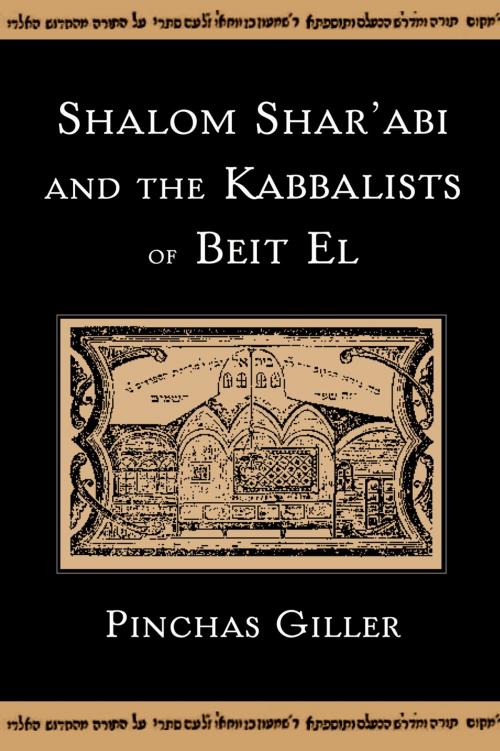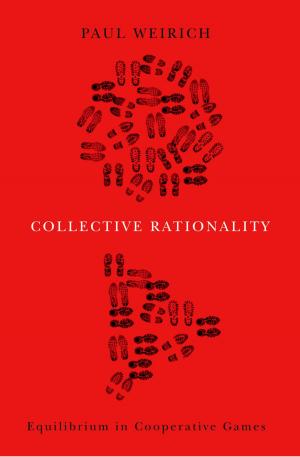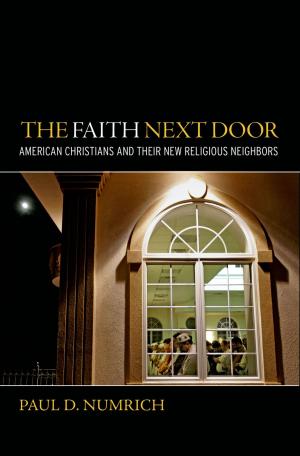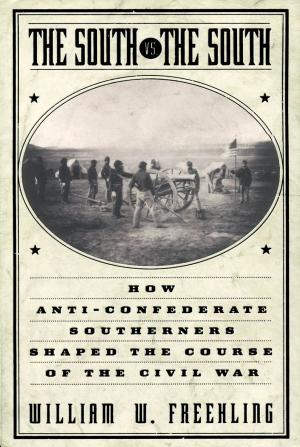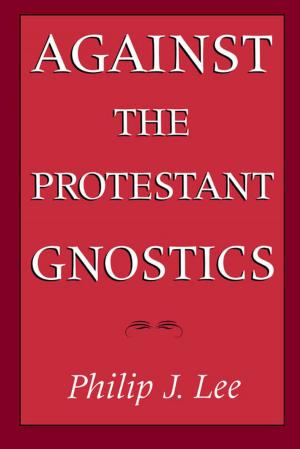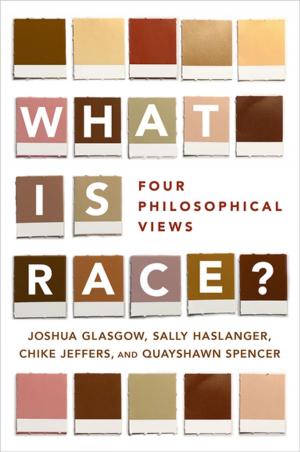Shalom Shar'abi and the Kabbalists of Beit El
Nonfiction, Religion & Spirituality, Inspiration & Meditation, Mysticism, Judaism, Theology| Author: | Pinchas Giller | ISBN: | 9780190450069 |
| Publisher: | Oxford University Press | Publication: | February 19, 2008 |
| Imprint: | Oxford University Press | Language: | English |
| Author: | Pinchas Giller |
| ISBN: | 9780190450069 |
| Publisher: | Oxford University Press |
| Publication: | February 19, 2008 |
| Imprint: | Oxford University Press |
| Language: | English |
The Jerusalem kabbalists of the Beit El Yeshivah are the most influential school of kabbalah in modernity. The school is associated with the writings and personality of a charismatic eighteenth-century Yemenite Rabbi, Shalom Shar'abi, considered by his acolytes to be divinely inspired by the prophet Elijah. Shar'abi initiated what is still the most active school of mysticism in contemporary Middle Eastern Jewry. Today, this meditative tradition is rising in popularity not only in Jerusalem, but throughout the Jewish World. Pinchas Giller examines the characteristic mystical practices of the Beit El School. The dominant practice is that of ritual prayer with mystical "intentions," or kavvanot. The kavvanot themselves are the product of thousands of years of development and incorporate many traditions and bodies of lore. Giller examines the archaeology of the kavvanot literature, the principle aspect of which is the meditation on God's sacred names while reciting prayers, the development of particular rituals, and the innovative mystical and devotional practices of the Beit El kabbalists.
The Jerusalem kabbalists of the Beit El Yeshivah are the most influential school of kabbalah in modernity. The school is associated with the writings and personality of a charismatic eighteenth-century Yemenite Rabbi, Shalom Shar'abi, considered by his acolytes to be divinely inspired by the prophet Elijah. Shar'abi initiated what is still the most active school of mysticism in contemporary Middle Eastern Jewry. Today, this meditative tradition is rising in popularity not only in Jerusalem, but throughout the Jewish World. Pinchas Giller examines the characteristic mystical practices of the Beit El School. The dominant practice is that of ritual prayer with mystical "intentions," or kavvanot. The kavvanot themselves are the product of thousands of years of development and incorporate many traditions and bodies of lore. Giller examines the archaeology of the kavvanot literature, the principle aspect of which is the meditation on God's sacred names while reciting prayers, the development of particular rituals, and the innovative mystical and devotional practices of the Beit El kabbalists.
